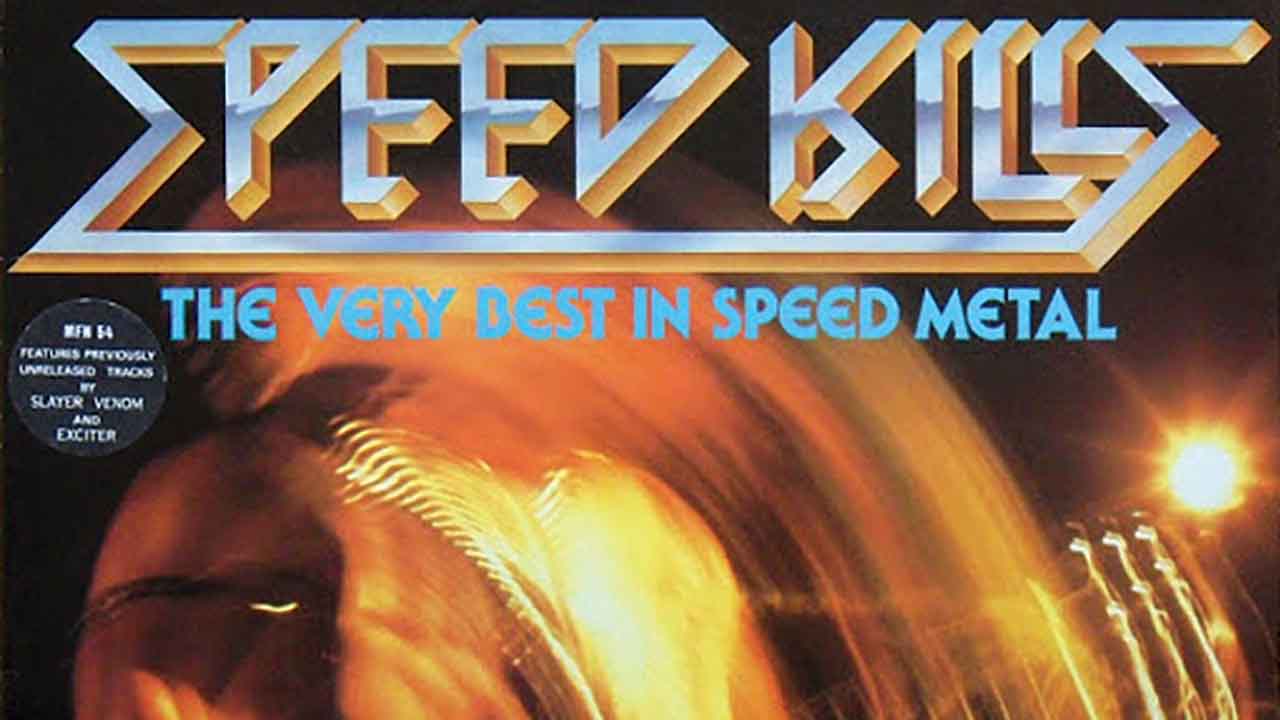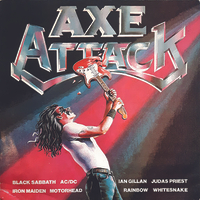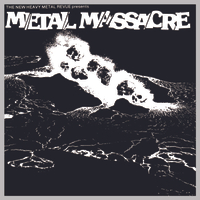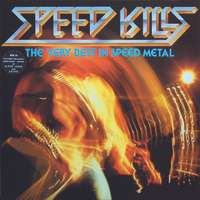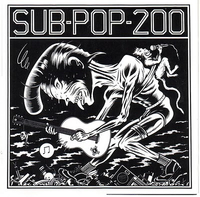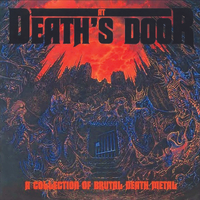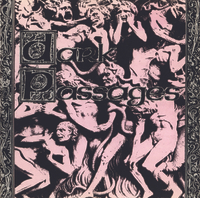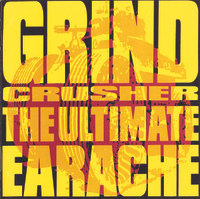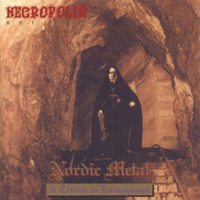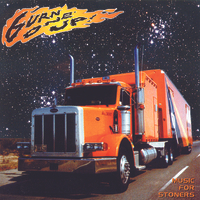Among the 40th anniversaries celebrated in metal this year, there’s one you may have missed. It was in 1980 that heavy metal really took shape as a codified genre, and for all the classic albums released in those 12 months, perhaps the key development was the first batch of devotedly metallic compilation records hitting the market.
There was no more hoicking the needle over five inches of pop, new wave and MOR to catch a Rainbow, Purple or Sabbath hit – at last, a new generation of headbangers could get their greasy mitts on a batch of budget-priced samplers piled wall-to-wall with long hair and loud guitars. Seminal titles such as EMI’s Metal For Muthas, MCA’s Brute Force and the BBC’s Metal Explosion showcased the New Wave Of British Heavy Metal at its apex, and was followed by a dizzying worldwide glut of ‘Various Artist’ releases, providing crucial exposure for burgeoning scenes and emerging subgenres over the next 20 years.
The USA grew to dominate the market; Metal Blade honcho Brian Slagel concedes that Shrapnel Records’ first US Metal comp emerged a few months before his famous, long-running Metal Massacre series launched in 1982, but with this key title the artform exploded. Killer regional metal samplers were popping up everywhere, from Sweden’s Scandinavian Metal Attack to Brazil’s Warfare Noise, from Canada’s Moose Molten Metal to South Korea’s estimable Friday Afternoon series.
In an era of iTunes, Spotify, YouTube and SoundCloud, the humble compilation might seem like a sweet, musty relic of metal’s analogue past. But while algorithms can shuffle us recommended playlists into infinity, there’s an undeniably warm, human magic about the focus and craft of a great compilation. Here, we salute those cornerstones of the form – those horizon-broadening thrill-rides that often define their era every bit as powerfully as any one band’s studio album.

Axe Attack (K-Tel, 1980)
Metal Massacre (Metal Blade, 1982)
Speed Kills (Music For Nations, 1985)
Sub Pop 200 (Sub Pop, 1988)
At Death’s Door (Roadrunner, 1990)
Dark Passages (Rise Above, 1991)
Grind Crusher – The Ultimate Earache (Earache, 1991)
Peaceville – Volume 4 (Peaceville, 1992)
Nordic Metal – A Tribute To Euronymous (Necropolis, 1995)
Burn One Up! Music For Stoners (Roadrunner, 1997)
- These are the rock’n’roll Face masks we’ll be wearing to stay safe
- Own your idols with the best Funko Pop! Rocks vinyl figures
- Best record players: turntables your vinyl collection deserves
- On a budget? Here are the best budget turntables
- The best bluetooth speakers you can buy right now
- Best headphones for music: supercharge your listening
- The best budget wireless headphones: wire-free and wallet-friendly
- Best in-ear headphones: Louder’s top choice wired and wireless earbuds
- The best wireless headphones you can buy right now
- Block out noise with the best budget noise-cancelling headphones
- Take a look at the best true wireless earbuds
